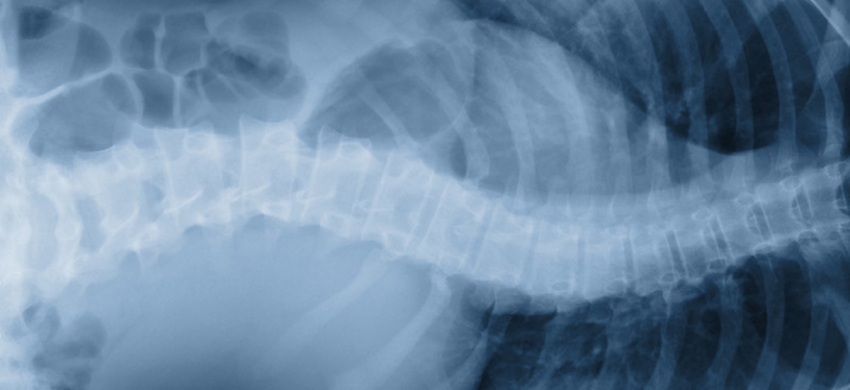
Scoliosis
Scoliosis is the abnormal curvature of the spine to the side.
It does not usually cause noticeable symptoms in children other than affecting the appearance of the back.
Physical signs of scoliosis may include:
- a visibly curved spine
- one shoulder or hip being more prominent than the other
- clothes not hanging properly
- a tendency to lean to one side
Usually only adults with scoliosis experience back pain
Seeking medical advice:
If you or your child shows physical signs of scoliosis, I would be happy to see you and/or your child in my clinic for a thorough assessment, detailed advice on treatment, and if necessary intervention/surgery. Please ask your GP for a direct referral.
Why does scoliosis happen?
The cause of scoliosis is often not identified. This is known as idiopathic scoliosis and accounts for about eight out of every 10 cases. Some cases of scoliosis are caused by other medical conditions, including:
- cerebral palsy – a condition caused by brain damage that occurs during birth or shortly afterwards
- muscular dystrophy– a genetic condition that causes muscle weakness
- Marfan syndrome– a disorder of the connective tissues
In rare cases, scoliosis can be present from birth, due to a problem with the development of the spine in the womb.
In adults, the condition can be the result of damage to the spine or due to previously undiagnosed scoliosis that worsens over time.
Who is affected?
It used to be thought that scoliosis was a childhood condition. However, it is now recognised as a condition that increasingly affects older adults. This is most likely due to the increasing age of the population.
In the UK, scoliosis affects three to four children out of every 1,000. It can develop at any age, but is more common at the start of adolescence.
It is thought that as many as 7 out of 10 older adults aged 65 or over have some degree of scoliosis.
Scoliosis is more common in females than males.
How is scoliosis treated?
The majority of children with scoliosis do not require treatment because the condition is mild and corrects itself as the child grows.
If treatment is necessary, a back brace worn until the child stops growing is usually successful in preventing the spine from curving further. Very few children will require surgery to correct the position of their spine.
In adults, treatment primarily aims to relieve any pain. Non-surgical options, such as painkillers, are the first line of treatment with surgery seen as a last resort.
Further problems
Scoliosis can sometimes cause further emotional and physical problems.
Having a visibly curved spine or wearing a back brace can cause problems related to body image, self-esteem and overall quality of life. This is particularly the case for children and teenagers with scoliosis.
In rare cases, scoliosis can cause the upper spine to twist and the curvature of the spine can put increased pressure on the heart and lungs.